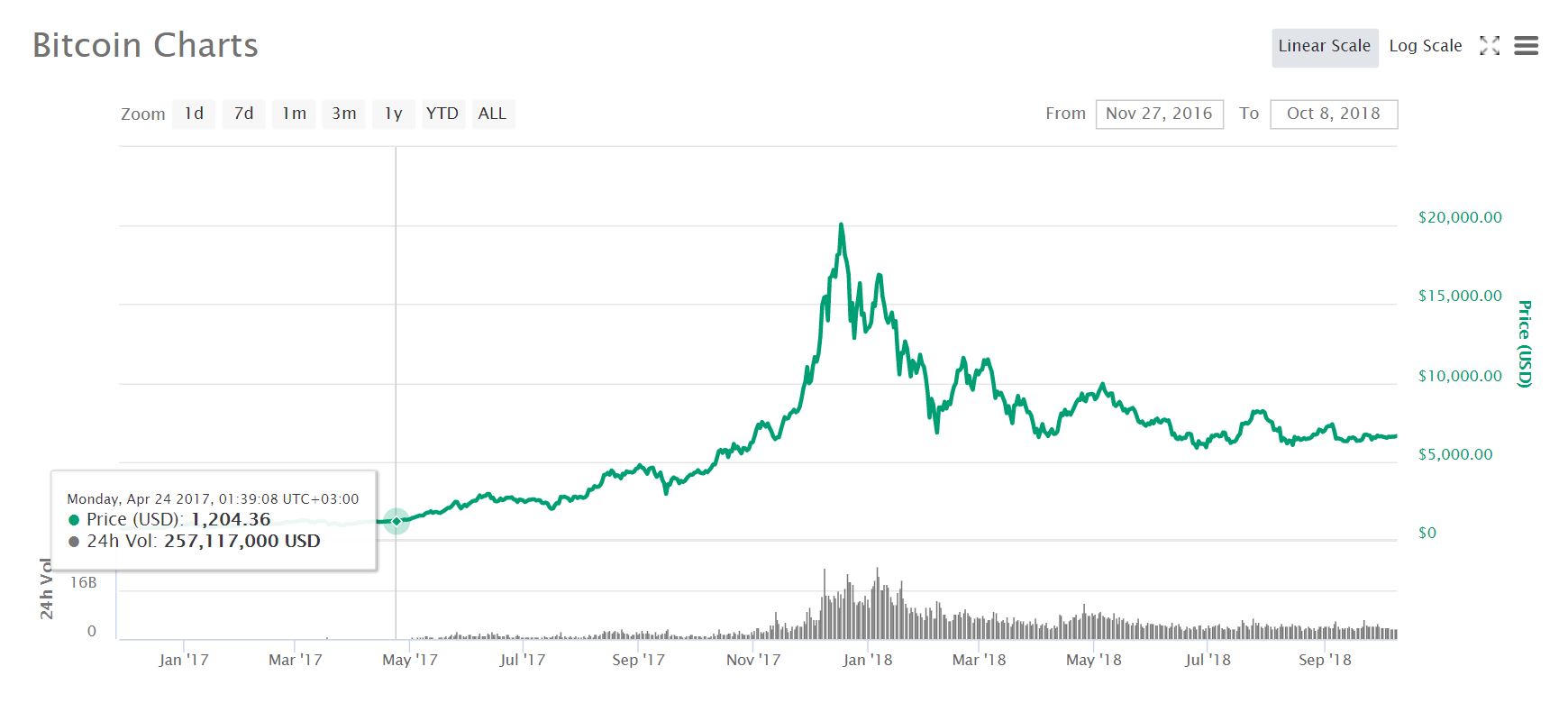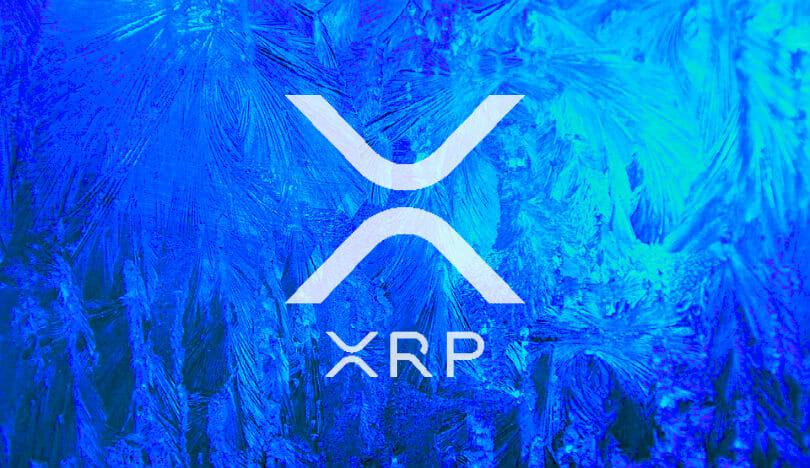2020-6-2 12:51 |
Ethereum’s scalability has gotten an enormous boost from layer 2 infrastructure. The new technology will make Ethereum more efficient, but added complexities make it difficult for users to migrate immediately.
The Ethereum Scaling WarCommentators have criticized Ethereum for its limited throughput, and have identified this problem as the biggest bottleneck for adoption. The advent of layer 2 scaling solutions is, however, dismantling this critique.
ETH 2.0, which is scheduled to go live within a few months, has been long touted as the scaling solution that will bring increased usage to Ethereum.
But this is temporarily being achieved by second-layer solutions rather than a new blockchain.
OmiseGo, a project working on scaling Ethereum, was launched on mainnet and almost immediately announced that Tether, the most widely used stablecoin, would now operate on its layer 2 infrastructure.
Starkware, a layer 2 solution using ZK rollups, ran an experiment to see what onboarding a subreddit with 1.3 million would do to Ethereum if rollups were used to scale the network.
The result revealed that it would only use 2.5% of the network’s bandwidth at an average of $0.003 per transaction. This theoretically means 52 million users could use Ethereum before transaction fees rose by an order of magnitude.
For the uninitiated, Reddit launched a community crypto program for r/cryptocurrency and r/FortniteBR. Both subreddits host a combined 2.3 million Redditors.
MATIC Network, yet another layer two scaling solution, went live this week too. Its infrastructure can reportedly process over 10,000 transactions per second (TPS).
Vitalik Buterin, a co-founder of Ethereum, believes these solutions are “by and large limited to payments and DEXes.” But token transfer and trading make up a large chunk of Ethereum’s on-chain activity.
Despite claims of over 10,000 TPS, Buterin estimates that real throughput will be about 2,500 TPS with these various solutions running on top of Ethereum. While this isn’t as high as most projects claim, it is still a vast improvement to Ethereum’s current 15 TPS ceiling.
Squish the transactions together so they don't take up too much space. Instead of everyone checking everything, have a few people check things and raise an alarm if they see something wrong. Or use fancy math to check everything at the same time.
Before: 15 TPS
After: 2500 TPS
— vitalik.eth (@VitalikButerin) June 1, 2020
Layer 2 seems to be the future of Ethereum scaling, with two solutions reaching mainnet this week and several others that have gone live in months prior.
Protecting UsersButerin added that wallet providers like MetaMask need to provide the necessary infrastructure for users to hold their coins within a layer 2 ecosystem securely.
This task lies in the hands of wallet providers, as they can implement a mechanism that automatically withdraws user funds to an on-chain address if the layer two solution goes awry.
Preparing for an adverse outcome like this can give users greater confidence to store their coins on Ethereum’s second layer, according to Buterin.
Once users can trust (and verify) the security mechanisms in place, it will only be a matter of time before they replace on-chain transactions wherever possible.
The post New Layer 2 Solutions Help Ethereum Scale to Over 2,000 TPS appeared first on Crypto Briefing.
origin »Ethereum (ETH) на Currencies.ru
|
|






























